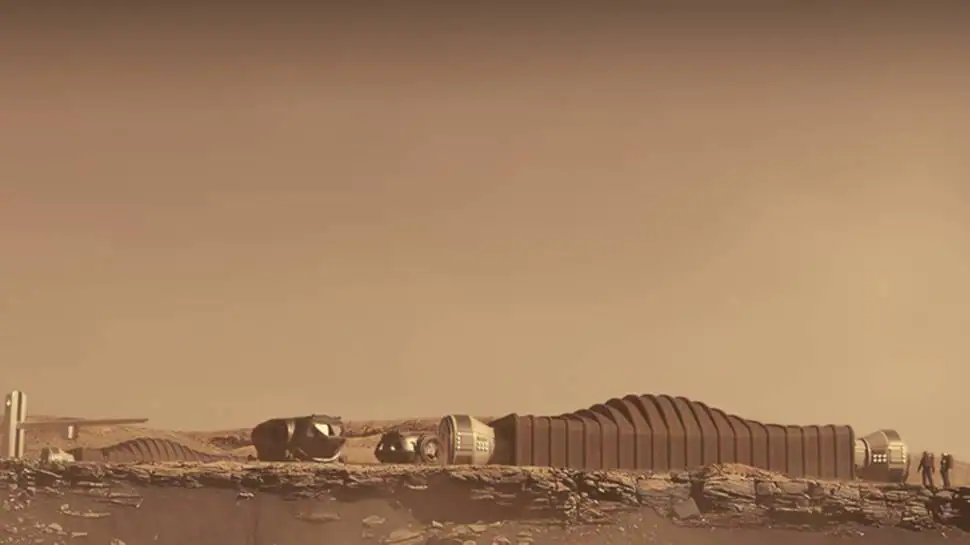New Delhi: The US space agency, NASA, is recruiting for a year-long mission on Mars and is looking for four applicants to live in a simulated Martian exploration habitat. The aim is to send astronauts to Mars and thus prepare them for the real-life challenges of future missions to the red planet.
On Friday, the space agency started taking applications for participants to live for a year in Mars Dune Alpha, a 1,700-square-foot Martian habitat created by a 3D-printer that is inside a building at Johnson Space Center in Houston.
Calling all Martians! @NASA is recruiting four crew members for a year-long mission that will simulate life on a distant world, living in “Mars Dune Alpha,” a 3D-printed habitat. Want to take part in research for the first human Mars mission?
Learn more! https://t.co/v3dL7qzRk9 pic.twitter.com/k5sviRXvtV
— NASA Mars (@NASAMars) August 6, 2021
“In preparation for the real-life challenges of future missions to Mars, Nasa will study how highly motivated individuals respond under the rigor of a long-duration, ground-based simulation,” Nasa said in a statement.
The habitat will simulate the challenges of a mission on Mars, crew tasks may include simulated spacewalks, scientific research, use of virtual reality and robotic controls, and exchanging communications, the Nasa statement read.
Nasa is planning three of these missions — known as Crew Health and Performance Exploration Analog — with the first one starting in fall (September 1-November 30) next year.
“The analog is critical for testing solutions to meet the complex needs of living on the Martian surface” said Grace Douglas, lead scientist for Nasa’s Advanced Food Technology research effort at Nasa’s Johnson Space Center in Houston.
“Simulations on Earth will help us understand and counter the physical and mental challenges astronauts will face before they go,” he added.
Here are the criterion to apply:
The application is open only to US citizens or permanent residents in the age group 30-55. Other criteria for selection include proficiency in English, good physical health and no smoking habit.
On the educational front, a master’s degree in a STEM field such as engineering, mathematics, or biological, physical or computer science from an accredited institution is required. Additionally, the candidates who have completed two years of work on a doctoral program in STEM, or completed a medical degree, or a test pilot program will also be considered.
With four years of professional experience, applicants who have completed military officer training or a Bachelor of Science in a STEM field may be considered, the Nasa statement read.


